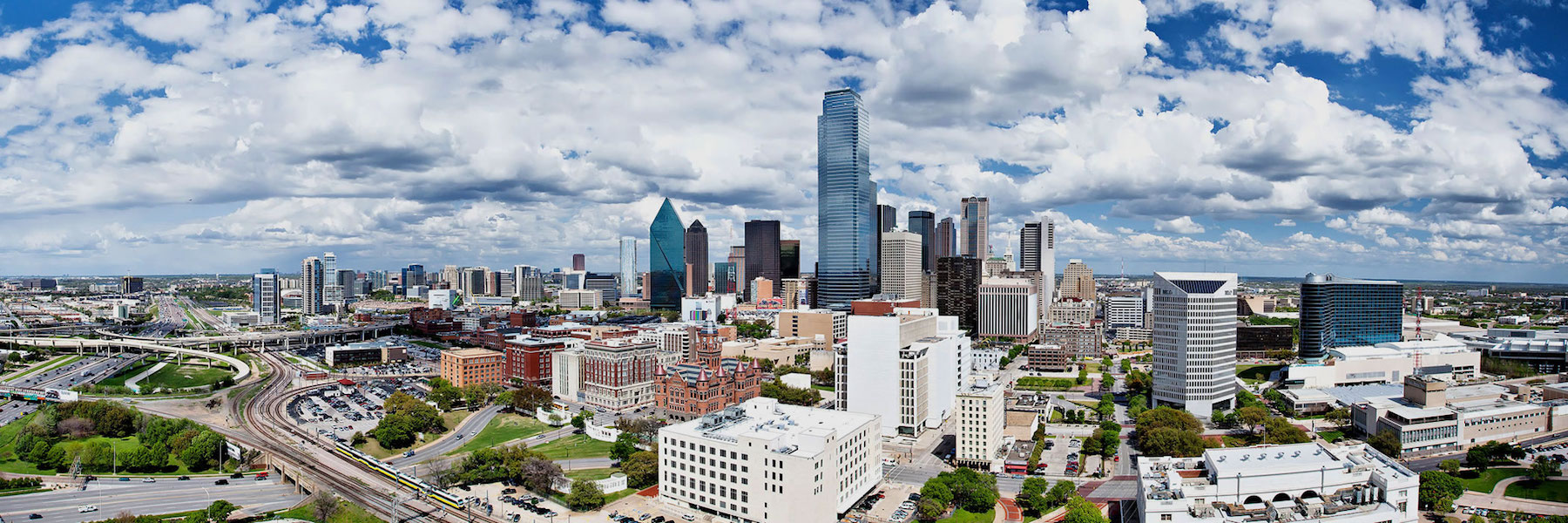The Dallas-Fort Worth area added nearly 120,000 people during the pandemic, mostly on the backs of booming suburban counties. In fact, Dallas had nothing to do with that growth: Dallas County added just 285 people while its neighbors saw thousands of relocations in 2020.
Collin County grew by 36,997 people, about a 3.6 percent increase. Not bad for a single year. Denton County added 30,559, a 3.4 percent jump. Even Tarrant County jumped by 22,065, an increase of about a percentage point.
The Census released its preliminary 2020 figures this week. These are the estimates released annually, not the full 10-year assessment that will be released later this year. It shows the Dallas-Fort Worth-Arlington metropolitan statistical area remains the fourth largest MSA in the country, ahead of Houston but still about 2 million below Chicago. No other MSA grew as much as Dallas-Fort Worth.
In fact, the more populous MSAs—Chicago, Los Angeles, and New York—all lost residents from 2019 to 2020. Dallas-Fort Worth trailed only Phoenix in migration numbers: 88,970 people moved to Phoenix while 74,920 moved to DFW. (The 120,000 number includes births along with migration.)
But the numbers have to be concerning for Dallas boosters. Dallas County has added a little over 44,000 people in the last five years, which would’ve taken Collin about 18 months to pull off at its current rate. (Tarrant has grown by 305,180 people since 2016. Collin has added 127,756 people and Denton has jumped its population by 111,756.) The Census hasn’t parsed this down to cities yet, but Dallas hasn’t fared well in recent years. You’ll recall in 2019, when Peter Simek dove into more detailed numbers to learn that Dallas County was bleeding millennials to surrounding suburbs.
The Census hasn’t blessed us with such nuance yet, which would allow us to see the migration patterns in greater detail. But the raw numbers tell a difficult story for the city that should be the region’s anchor. Dallas doesn’t have the land that its neighbors have. Corporate relocations have lured out-of-staters into surrounding counties. And meanwhile, the city of Dallas’ residential permitting system is so broken that homebuilders struggle to build new homes here even if they wanted to.
We’re back to a similar story: the region is healthy and attractive and not even a pandemic could slow it down. For Dallas, the takeaway is not nearly as rosy.





